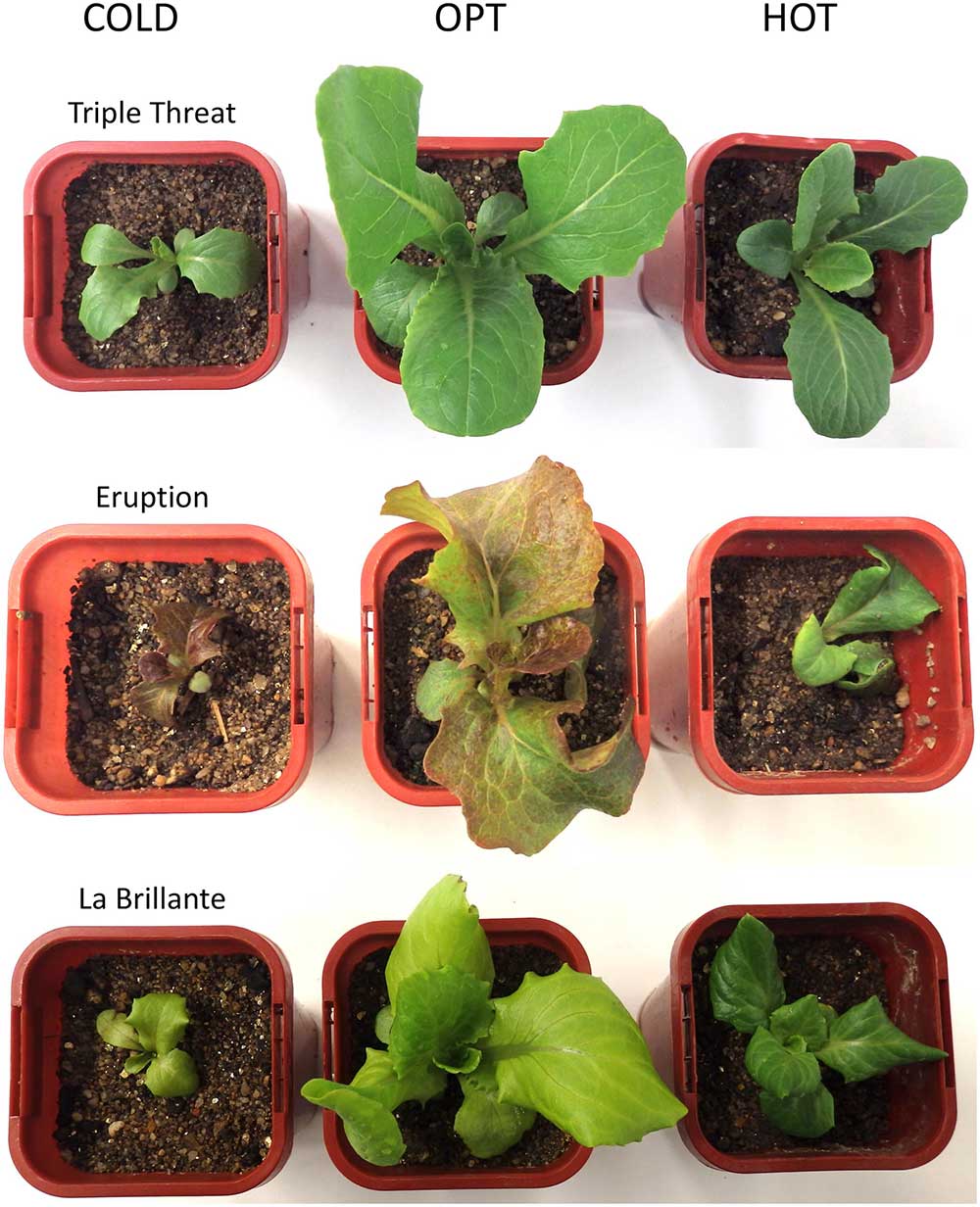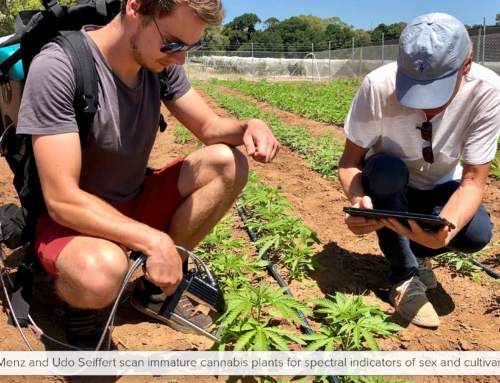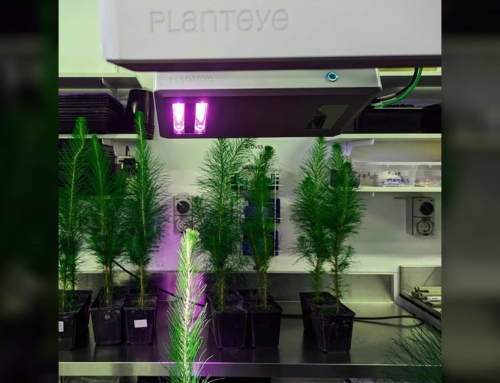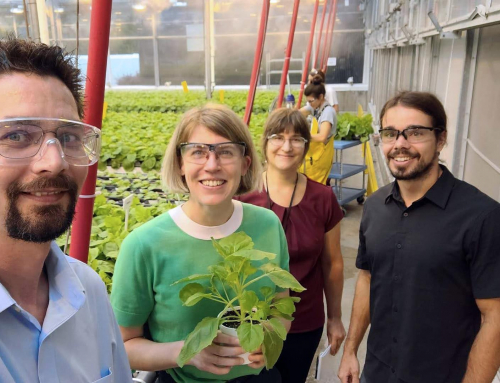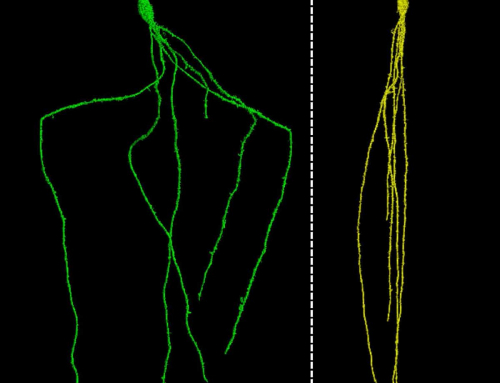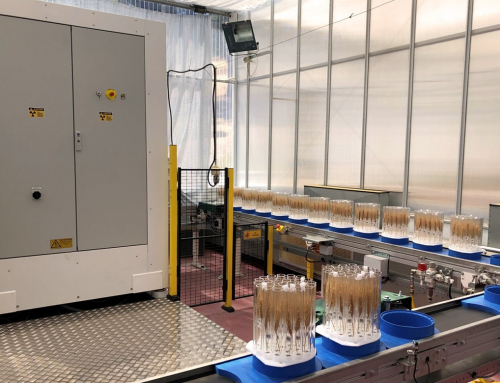With indoor-vertical farming on the rise, lettuce production can be customised more than ever, by choosing the right varieties, temperature, lighting and nutrient supply to produce the leaves consumers want. Achieving this goal requires optimisation of numerous components and a recent collaborative study between the USA and Australia, published in Frontiers in Plant Science, has proven optical sensors can be used to evaluate lettuce growth, color and health non-destructively.
The research team, Ivan Simko and Ryan Hayes from the US Department of Agriculture and Robert Furbank from the ARC Centre of Excellence for Translational Photosynthesis and formerly Australian Plant Phenomics Facility – High Resolution Plant Phenomics Centre, designed the study to test the feasibility of using optical sensors for physiological evaluation of lettuce plants in early stages of their development. The method developed can help in breeding programs and optimising farming practices to meet the requirements of an increasingly demanding market.
Read the full study, Non-destructive phenotyping of lettuce plants in early stages of development with optical sensors, published in Frontiers in Plant Science, here.
Or read the abstract here:
Abstract
Rapid development of plants is important for the production of ‘baby-leaf’ lettuce that is harvested when plants reach the four- to eight-leaf stage of growth. However, environmental factors, such as high or low temperature, or elevated concentrations of salt, inhibit lettuce growth. Therefore, non-destructive evaluations of plants can provide valuable information to breeders and growers. The objective of the present study was to test the feasibility of using non-destructive phenotyping with optical sensors for the evaluations of lettuce plants in early stages of development. We performed the series of experiments to determine if hyperspectral imaging and chlorophyll fluorescence imaging can determine phenotypic changes manifested on lettuce plants subjected to the extreme temperature and salinity stress treatments. Our results indicate that top view optical sensors alone can accurately determine plant size to approximately 7 g fresh weight.

Hyperspectral imaging analysis was able to detect changes in the total chlorophyll (RCC) and anthocyanin (RAC) content, while chlorophyll fluorescence imaging revealed photoinhibition and reduction of plant growth caused by the extreme growing temperatures (3 and 39°C) and salinity (100 mM NaCl). Though no significant correlation was found between Fv/Fm and decrease in plant growth due to stress when comparisons were made across multiple accessions, our results indicate that lettuce plants have a high adaptability to both low (3°C) and high (39°C) temperatures, with no permanent damage to photosynthetic apparatus and fast recovery of plants after moving them to the optimal (21°C) temperature. We have also detected a strong relationship between visual rating of the green- and red-leaf color intensity and RCC and RAC, respectively. Differences in RAC among accessions suggest that the selection for intense red color may be easier to perform at somewhat lower than the optimal temperature.

This study serves as a proof of concept that optical sensors can be successfully used as tools for breeders when evaluating young lettuce plants. Moreover, we were able to identify the locus for light green leaf color (qLG4), and position this locus on the molecular linkage map of lettuce, which shows that these techniques have sufficient resolution to be used in a genetic context in lettuce.
Citation
Simko I, Hayes RJ and Furbank RT (2016) Non-destructive Phenotyping of Lettuce Plants in Early Stages of Development with Optical Sensors. Front. Plant Sci. 7:1985. doi: 10.3389/fpls.2016.01985

